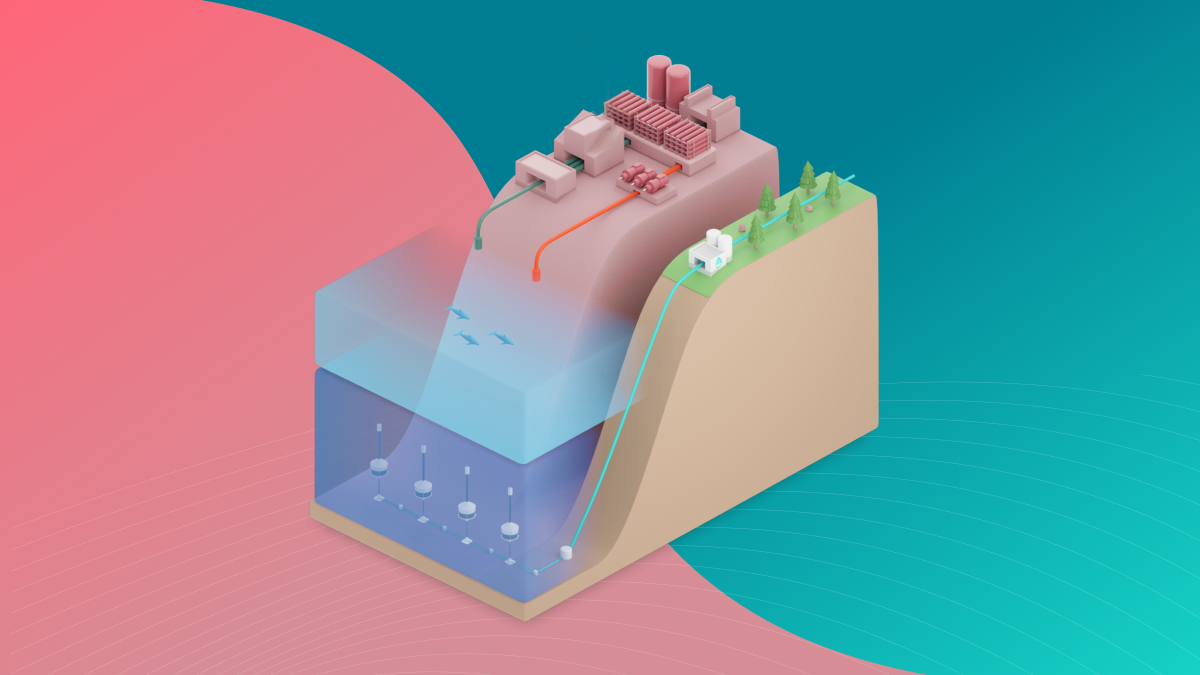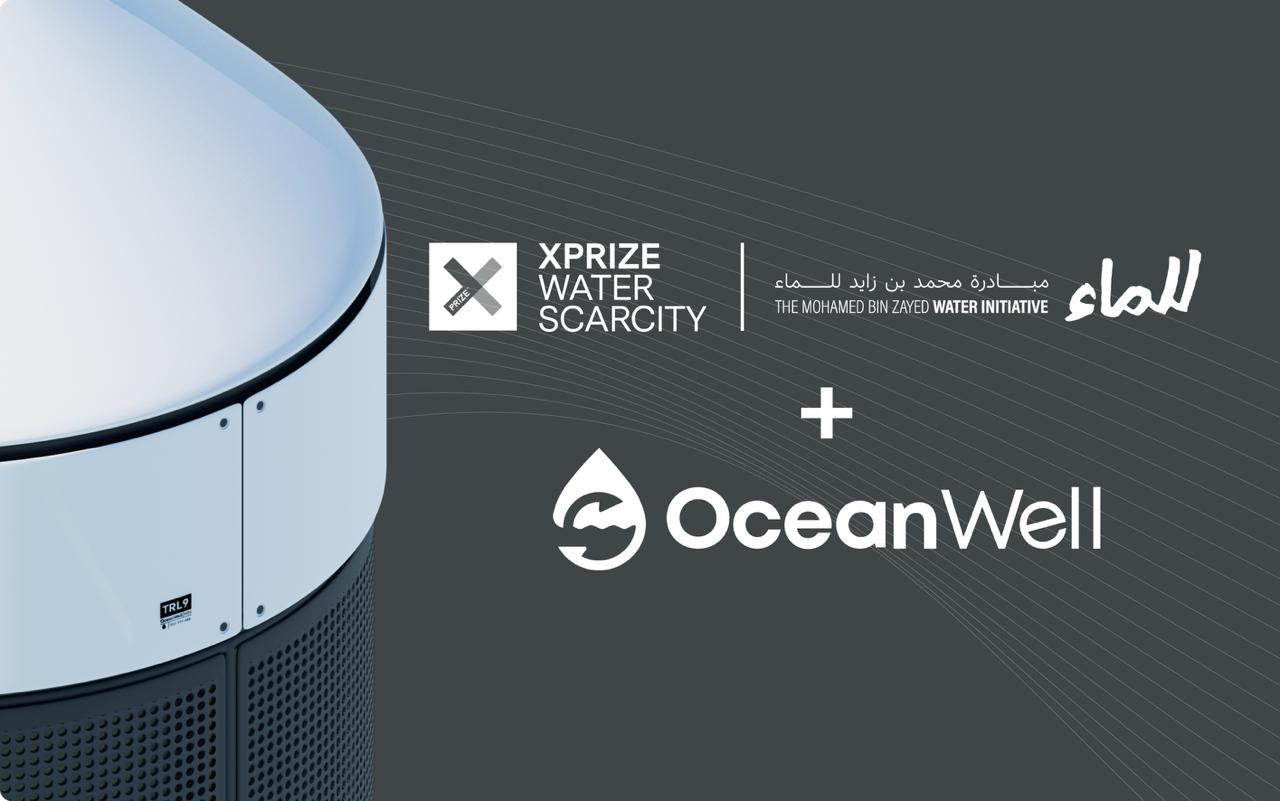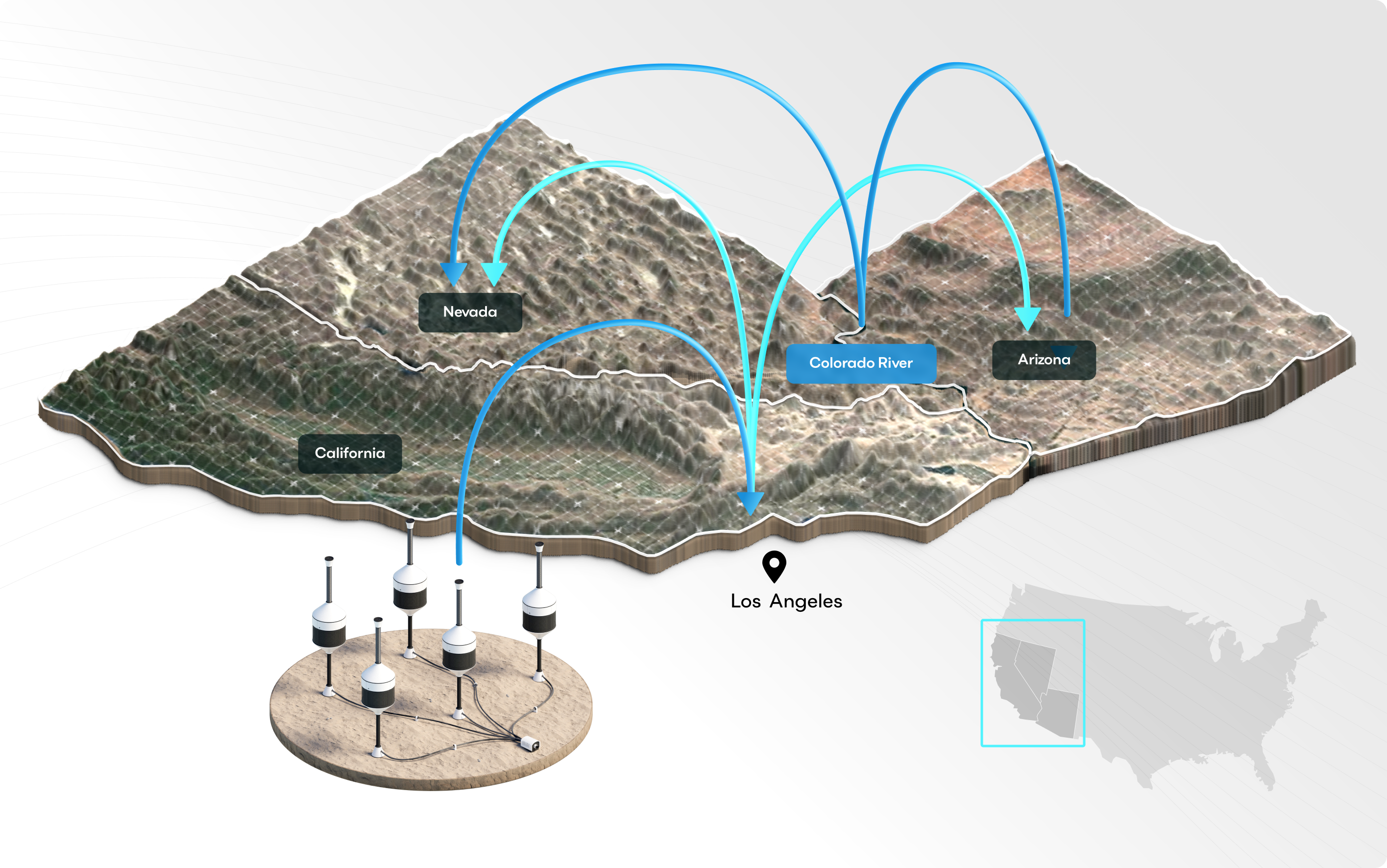Minimizing Ocean Impact with Marine Friendly Desalination
As coastal cities and arid regions increasingly turn to desalination to meet growing freshwater demands, concerns about its impact on marine life have become more urgent. Traditional desalination systems, while effective at producing potable water, can harm ocean ecosystems through energy-intensive processes, seawater intakes, and brine discharge. Fortunately, marine-friendly desalination technologies are emerging as a vital solution for sustainable water production.
Environmental Challenges of Traditional Desalination
Conventional desalination systems present several environmental risks that make innovation essential.
Marine Life Entrainment:
Open-ocean intakes can draw in fish, eggs, larvae, and plankton. Once trapped inside the system, these organisms rarely survive, disrupting local food webs and biodiversity .
Brine Discharge:
Desalination produces a highly concentrated saltwater byproduct known as brine. When released directly into the sea, brine can raise local salinity levels, harm coral reefs, and degrade seabed habitats .
Chemical Usage:
To prevent fouling and maintain system efficiency, some traditional desalination plants rely on chlorine and anti-scaling agents. If not properly managed, these chemicals can accumulate in the effluent and impact surrounding ecosystems.
These challenges underscore the need to advance marine-friendly desalination practices that safeguard marine life and coastal habitats while providing reliable water supplies.
Innovations in Marine-Friendly Desalination
Today’s innovators are transforming desalination into an environmentally responsible technology. These solutions integrate best practices and innovations that minimize ecological disruption and protect aquatic life while ensuring safe, consistent water delivery. The movement toward eco-friendly desalination is gaining momentum globally as governments, developers, and environmental advocates seek to balance the urgent need for water with the responsibility to protect marine ecosystems. Robert Bergstrom explains that OceanWell’s approach to marine friendly desalination is one of the defining factors that makes OceanWell so unique “We're a small startup team that is set out to develop an extremely eco-friendly desalination system of a new type,” Bergstrom said. “We call it submerged RO, for reverse osmosis.” Reverse osmosis is the process of removing salt from the water by pushing it through a membrane. Once the desalination pods are placed in the ocean, the process is passive.” Emerging systems combine advanced engineering, ecological awareness, and renewable energy to achieve more sustainable outcomes.
Subsurface Intakes
Water is drawn through sand or gravel beneath the ocean floor, naturally filtering out marine organisms. This method eliminates direct intake of aquatic life and improves water quality before treatment.
Diffused Brine Discharge
Instead of releasing brine through a single outlet, multiport diffusers disperse it across a wider area. The increased dispersion promotes faster dilution and prevents harmful salinity spikes, protecting nearby marine habitats.
Zero-Liquid Discharge (ZLD)
Some advanced desalination plants now recycle brine or convert it into industrial byproducts such as salts or minerals, also known as Zero-Liquid Discharge (ZLD). This innovation effectively eliminates liquid waste, setting the stage for true zero-impact desalination.
Renewable Energy Integration
Powering desalination systems with solar, wind, or wave energy can drastically reduce greenhouse gas emissions. Renewable-powered desalination aligns with global climate goals while decreasing operational costs and environmental impact.
Chemical-Free Processes
Innovative filtration and membrane-cleaning techniques are reducing or removing the need for harmful chemicals. These approaches protect both marine life and the long-term performance of desalination infrastructure. For example, advances such as biofouling-resistant membranes, ultrasonic cleaning systems, and electrochemical oxidation reduce scaling and microbial buildup without the use of chlorine or acid-based cleaners. Some facilities are also adopting nanomaterial coatings that prevent organism attachment, further extending membrane life and efficiency. Together, these technologies represent a new era of eco-friendly desalination; one that prioritizes both freshwater resilience and ocean health while cutting operational costs, minimizing brine toxicity, and supporting global sustainability goals
The Future of Freshwater: Technology Meets Responsibility
As climate change and population growth continue to strain freshwater resources, desalination will play an increasingly critical role in water security. Yet its long-term success depends on minimizing ecological harm. Marine-friendly desalination demonstrates that technological innovation and environmental protection can go hand in hand.
The global transition to eco- friendly desalination is more than a technical milestone, it is a moral commitment to preserve ocean ecosystems for future generations. These solutions embody the principle that water innovation must also be ocean stewardship.
OceanWell’s Commitment to Ocean Stewardship
OceanWell is pioneering a transformative approach to desalination that redefines how and where freshwater is produced. Its offshore desalination technology uses modular pods that operate directly in the ocean, eliminating the need for large coastal infrastructure and significantly reducing environmental impact.
By producing freshwater offshore, OceanWell decentralizes water generation, strengthens regional resilience, and helps protect vulnerable coastal ecosystems. Unlike conventional facilities that discharge brine and chemicals near the shoreline, OceanWell’s deep-sea, seafloor-based system is designed with marine life in mind.
Operating at depth, far from coral reefs and shallow nurseries, OceanWell’s system minimizes disruption to biologically rich coastal zones. This method dramatically reduces the ecological footprint of freshwater production, aligning with the company’s core mission: to create abundant, sustainable water while honoring ocean health.
OceanWell represents the future of marine-friendly desalination a fusion of innovation, responsibility, and respect for the planet’s most vital ecosystem.
References
- U.S. Geological Survey (USGS). “Desalination.” https://www.usgs.gov/special-topics/water-science-school/science/desalination
- Pacific Institute. “The Environmental Impacts of Desalination.” https://pacinst.org/publication/desalination-environmental-impacts/
- California State Water Resources Control Board. “Seawater Desalination Policy.” https://www.waterboards.ca.gov/water_issues/programs/ocean/desalination/
- National Renewable Energy Laboratory (NREL). “Innovations in Water Treatment.” https://www.nrel.gov/docs/fy20osti/75421.pdf
- Global Water Intelligence. “Zero-Liquid Discharge Trends.” https://www.globalwaterintel.com/

Related Posts
Heading












